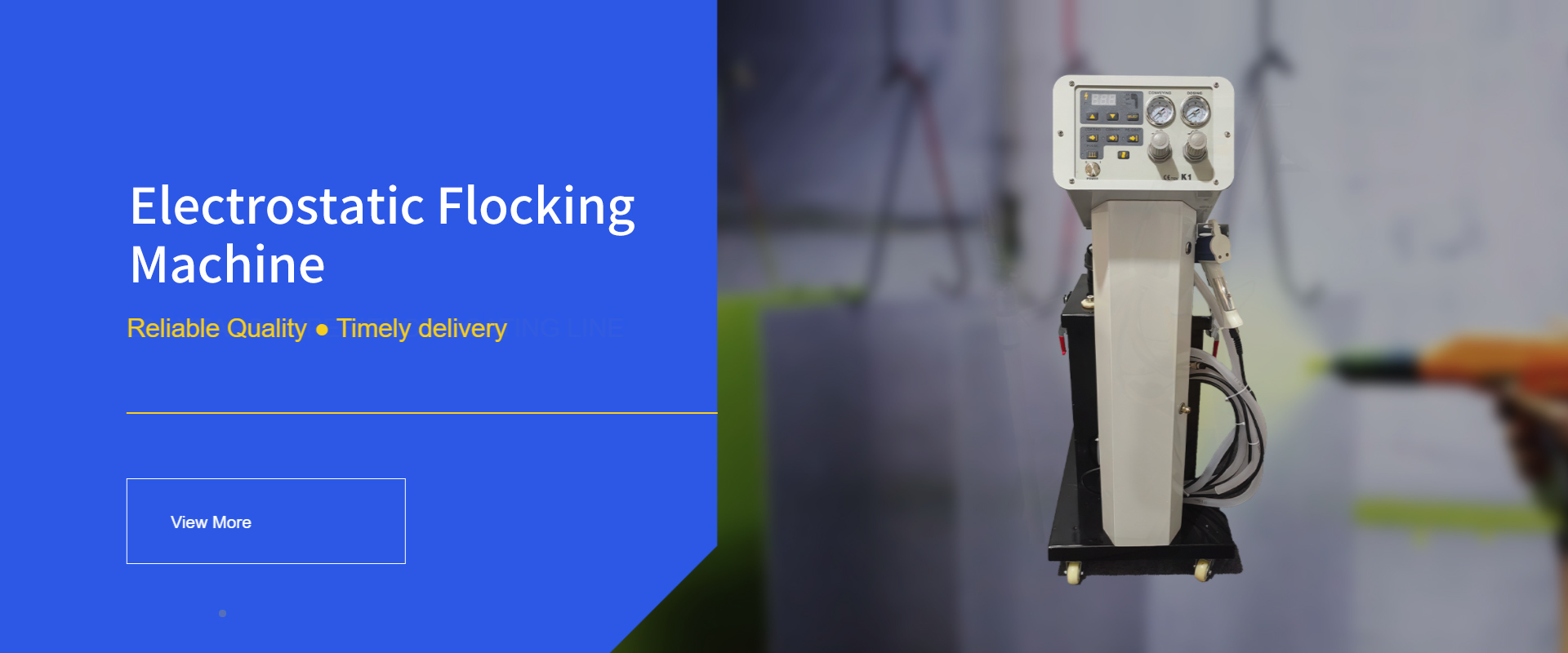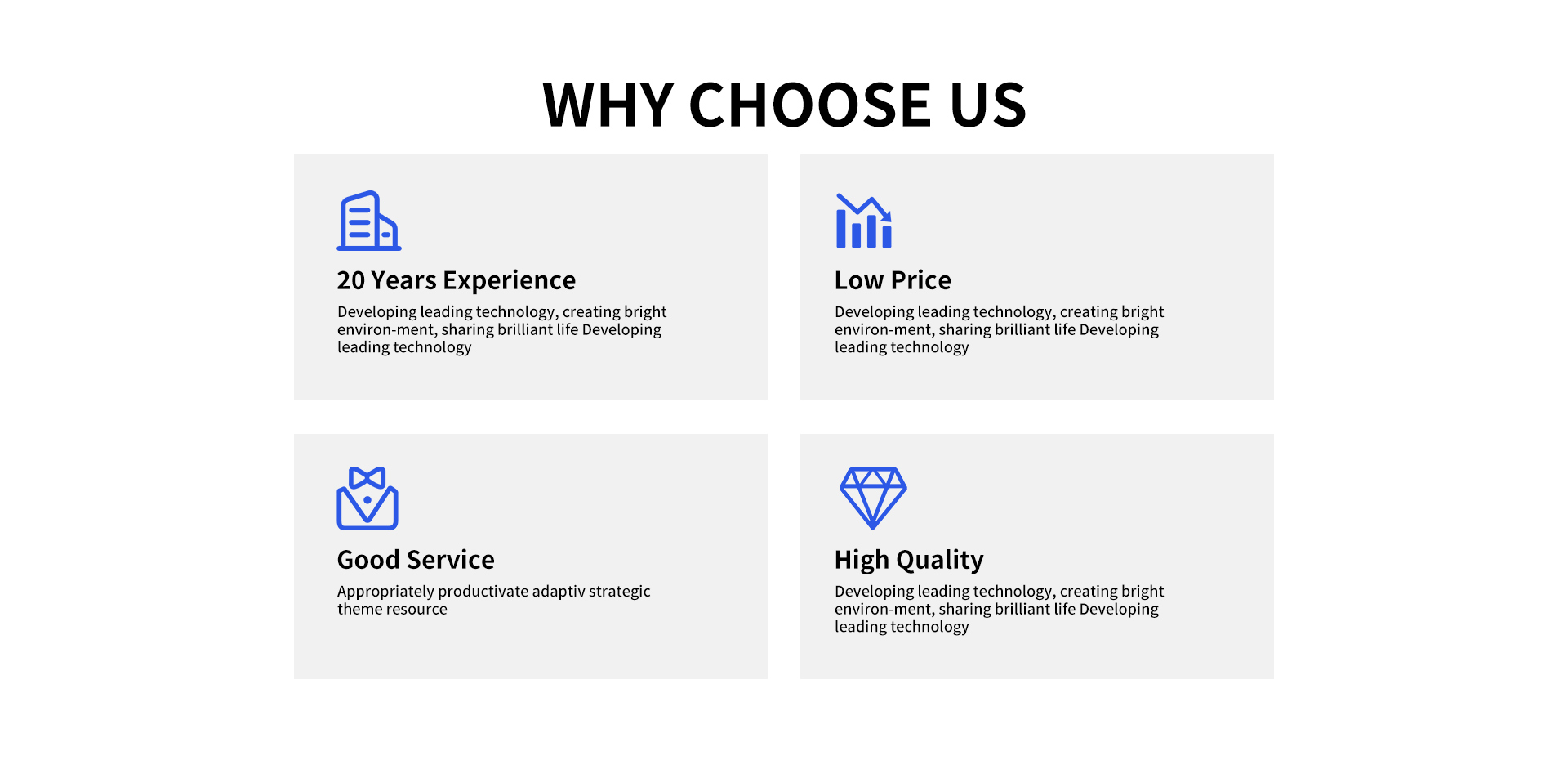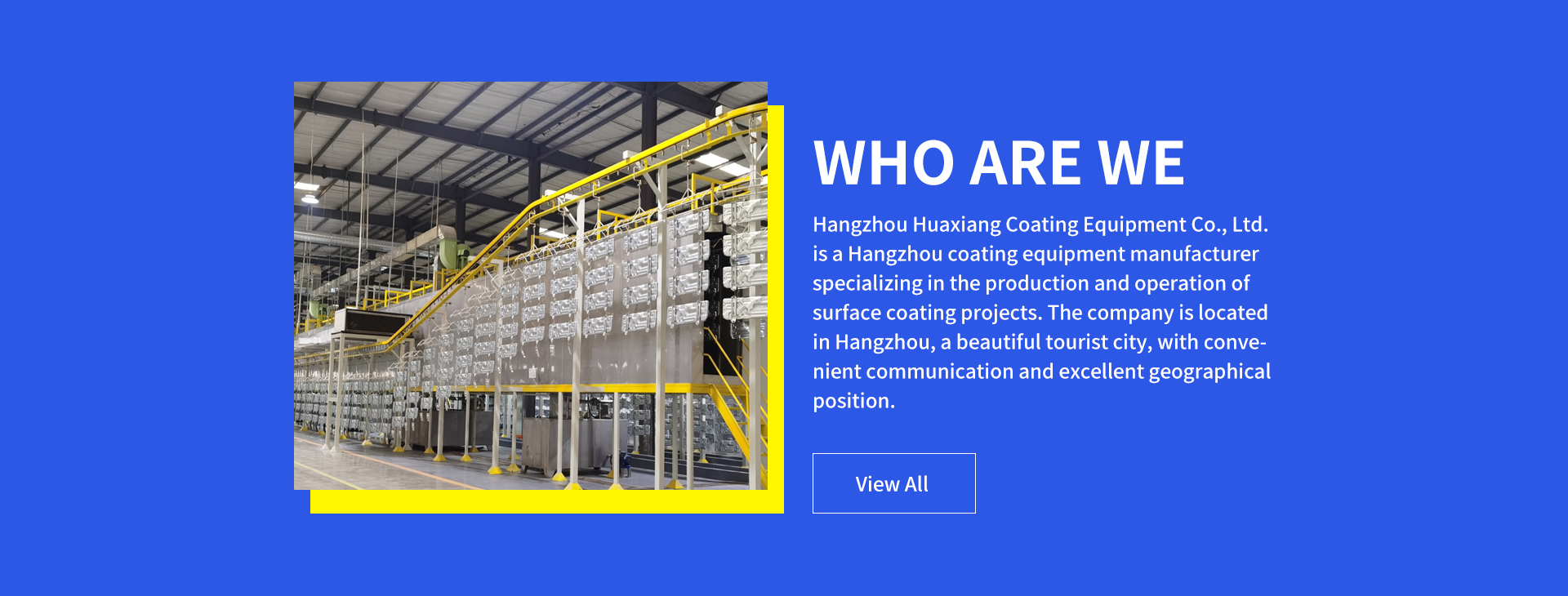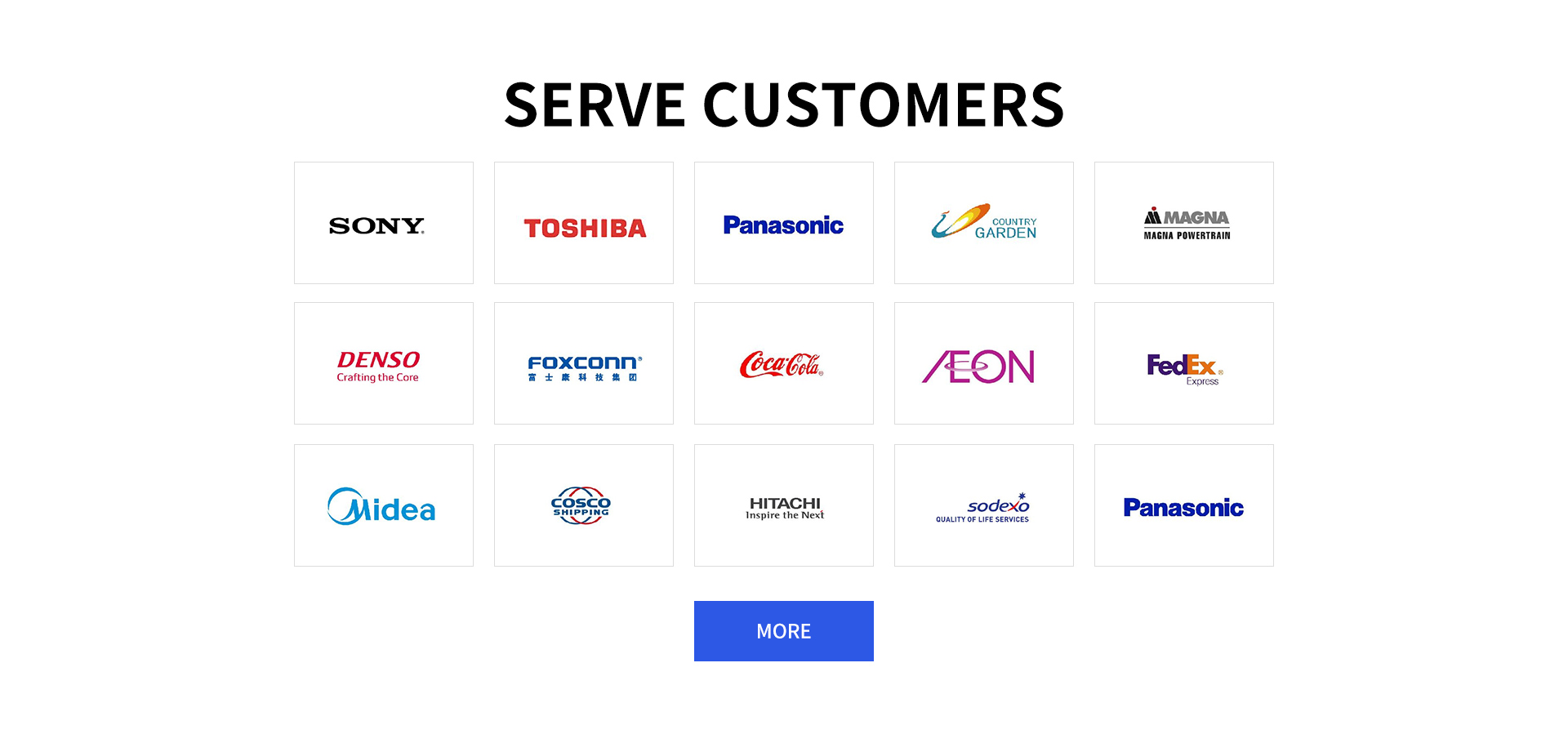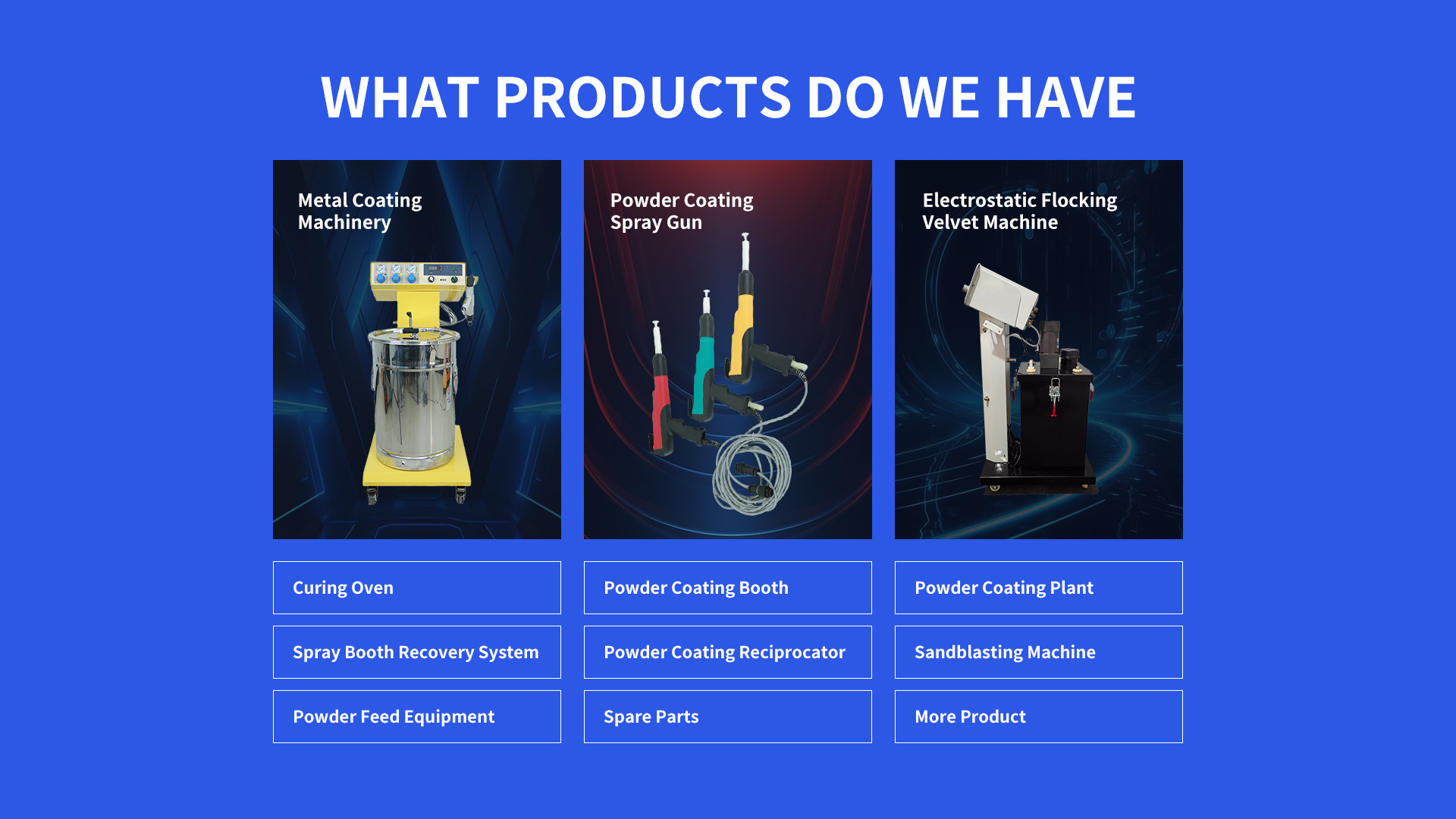1. Electric Powder Coating Oven Overview and Components
Electric Powder Coating Oven factories produce ovens that use electric heating elements to cure powder-coated surfaces. Key components include heating coils, insulation panels, temperature controllers, airflow systems, and conveyor belts. Built from stainless steel or ceramic fiber, these ovens ensure precise temperature control, energy efficiency, and zero direct emissions, making them ideal for eco-conscious industries.
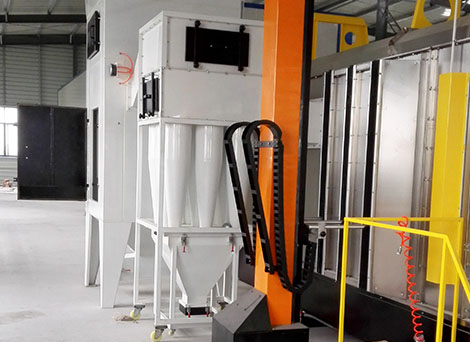
2. Applications of Electric Powder Coating Ovens
These ovens are essential in automotive manufacturing, electronics, medical device coating, and furniture production. They deliver uniform heat distribution, ensuring durable, scratch-resistant finishes. Electric ovens are preferred in cleanroom environments and industries requiring low emissions or precise temperature management.
3. Electric Powder Coating Oven Pricing
Prices range from 20,000forsmallbatchovenstoover400,000 for large, automated tunnel ovens. Custom features like IoT controls or energy recovery systems increase costs. Mid-range models (50,000–150,000) balance efficiency and affordability for medium-scale operations.
4. Proper Use of Electric Powder Coating Ovens
Preheat the oven to 300°F–450°F based on the powder specifications. Load parts evenly onto racks or conveyors to avoid uneven curing. Monitor temperature stability and adjust settings as needed. Clean the interior weekly and inspect heating elements annually to maintain performance.
5. How to Choose an Electric Powder Coating Oven
Assess production volume and part dimensions to determine oven size. Opt for models with programmable temperature profiles and energy-efficient insulation. Verify compliance with safety standards like CE or UL. Prioritize ovens with modular designs for future scalability.
6. Safety Precautions for Electric Powder Coating Ovens
Operators must wear heat-resistant gloves and protective clothing. Ensure proper ventilation to disperse fumes and prevent overheating. Install thermal cutoff switches and fire suppression systems. Regularly inspect electrical wiring and heating components.
7. Design Efficiency of Electric Powder Coating Ovens
Modern designs focus on sustainability and precision. Insulated walls reduce heat loss by 30–40%, while energy recovery systems reuse waste heat. Digital controls and IoT integration enable real-time monitoring, minimizing downtime and energy costs.
8. Electric Electric Powder Coating Oven Q&A
Q1: How energy-efficient are electric powder coating ovens?
A: Advanced models with ceramic insulation and heat recovery cut energy use by 25–35% compared to traditional ovens.
Q2: Can electric ovens handle high-volume production?
A: Yes, conveyor-based electric ovens are ideal for continuous, high-output workflows.
Q3: What maintenance do electric heating elements require?
A: Inspect elements annually and replace them every 5–7 years, depending on usage intensity.
Q4: Are electric powder coating ovens eco-friendly?
A: Yes, they produce zero direct emissions and comply with strict environmental regulations.
Q5: Which industries use electric powder coating ovens most?
A: Automotive, aerospace, and electronics industries rely on them for precise, clean curing processes.
This guide highlights the advantages of electric powder coating ovens, helping businesses enhance efficiency, ensure safety, and select systems that align with sustainability and production goals.
Statement: Hangzhou Huaxiang Coating Equipment Co., Ltd Chinese Powder Coating Equipment facturers provide you with customized equipment for various types of Powder Coating Lines, Powder Coating Ovens, Powder Coating Booths,Powder Coating Guns, etc. For inquiries! Contact us at
Email: gezx@cncolourspray.com
WhatsApp: +86 13335812068

